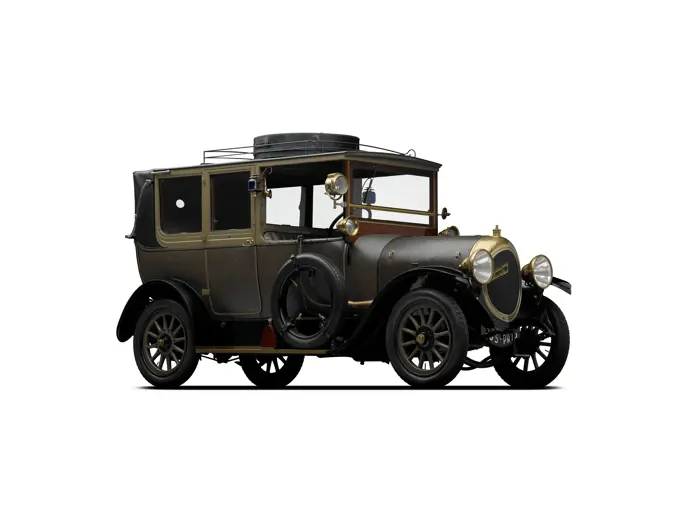
1916 Packard 1-35 Twin Six 7-Passenger Touring
{{lr.item.text}}
$106,400 USD | Sold
{{bidding.lot.reserveStatusFormatted}}
- The first American production twelve-cylinder car
- Largely original and unrestored; in remarkable, authentic condition
- Formerly of the Walter Cunny Collection
- A potential Preservation Class entrant of exceptional quality
- Classic Car Club of America (CCCA) Full Classic
One of the most groundbreaking American automobiles of the Nickel Era, the Twin Six made its debut in May 1915. The first U.S.-production twelve-cylinder automobile engine, it was a 60-degree V-12 with two blocks of six cylinders, set on an aluminum crankcase, displacing 424 cu. in., and developing 88 hp. Masterfully engineered by Packard’s Colonel Jesse Vincent, it formed the basis of Packard’s offerings through 1920, and would continue to power the company’s prestige models through 1922. To call it a sales success would be a major understatement. In its first season of production, Packard outsold Pierce-Arrow by four-to-one, and by eight-to-one the following year.
The 1916 Twin Six offered here was built on the longer 1-35 Six chassis, with a 135-in. wheelbase; its crankcase was cast on 28 March 1916. While its original owner is not known, its earliest known collector owner was Roger Ritterbeck of Cuyahoga Falls, Ohio, in 1968. From Mr. Ritterbeck it passed to Walter Cunny of Genoa, Illinois, who was one of the foremost American collectors of Brass and Classic Era automobiles during the 1980s.
Mr. Cunny sold the Packard in 1989 to Albert Guibara of Burlingame, California, who would faithfully maintain it for nearly two decades. It was then sold in 2008 to Fred F. Guyton, who had long coveted an early Twin Six, and has now spent over a decade in his noted Mason’s Garage museum.
To examine this car shows just why it was such a success, and Packard such a legend of fine automaking. It is overbuilt to a remarkable extent, with headlight lock rims of solid cast aluminum and body panels that still fit snugly and solidly after over a century of good care. The engine compartment is remarkable, with not only all of the correct Packard ancillary components, but all of them likely the well-preserved originals to this very car.
The green and black body may have been repainted, likely in the 1940s; in places it has been charmingly worn down to primer by years of detailing, and it is slightly dull but far too evocative to replace. At the same time the top was likely replaced, including the headliner, to the correct “two man” design. The black button-tufted leather interior is fully original, except for the lower front seat cushion. Especially noteworthy are the unusually solid and well-engineered jump seats in the rear compartment.
Accompanied by an original owner’s manual and promotional brochures for the model, as well as a correct Packard jack, this is an unusually original, well-preserved, and deeply honest Twin Six. All who view it fall in love with its superb engineering, quality, and myriad charms.
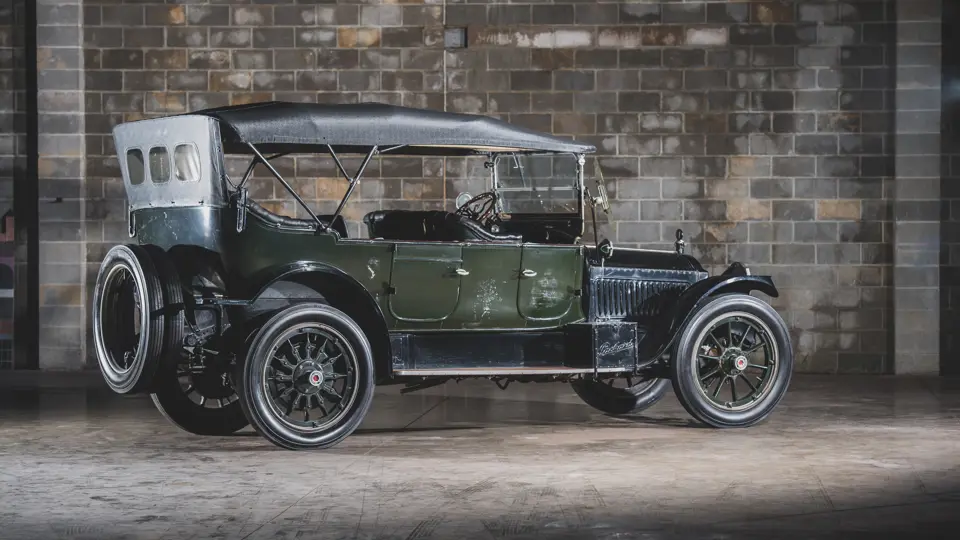



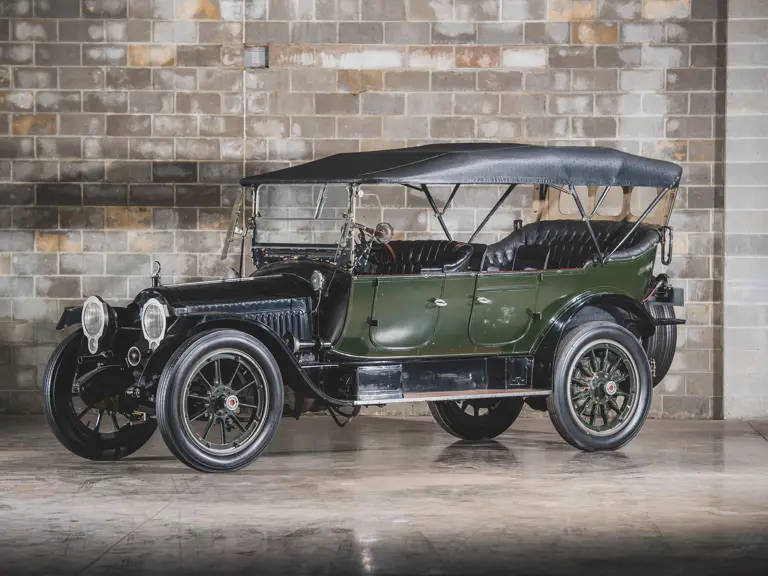
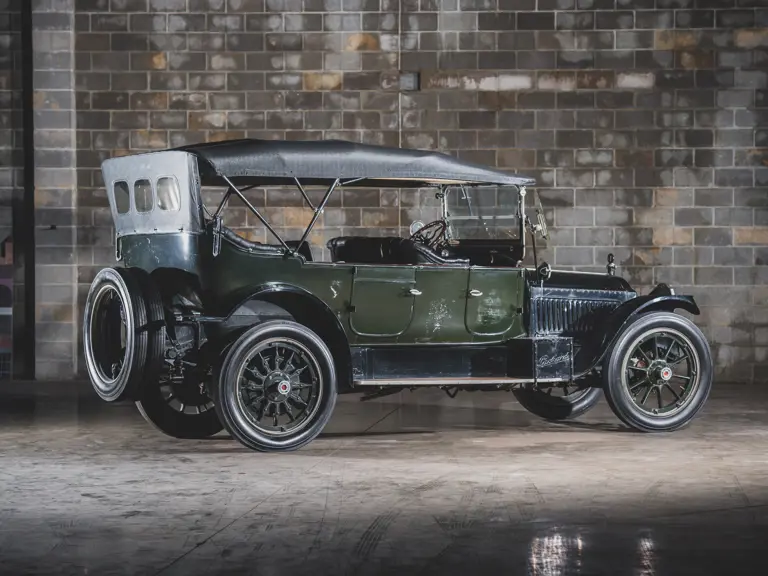
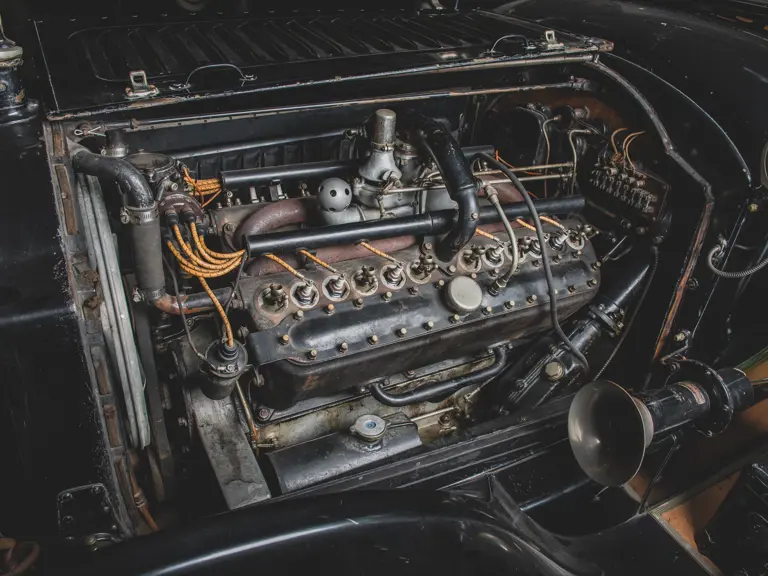
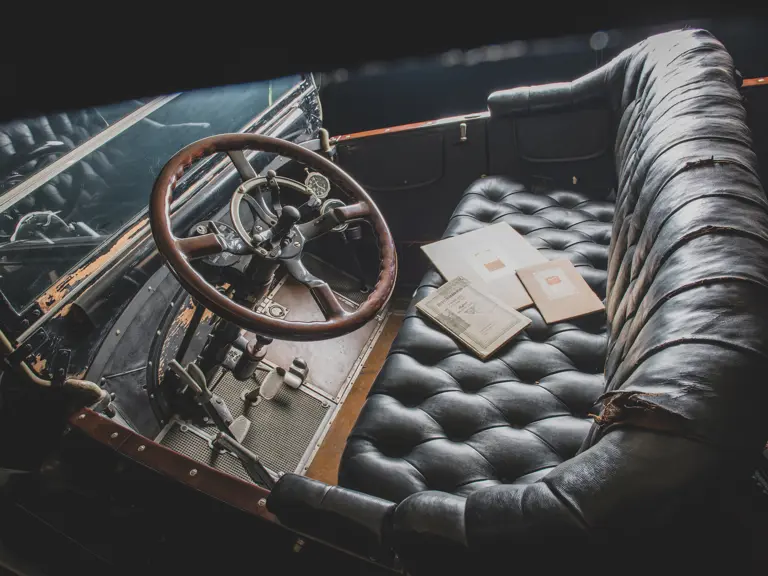

 | St. Louis, Missouri
| St. Louis, Missouri

